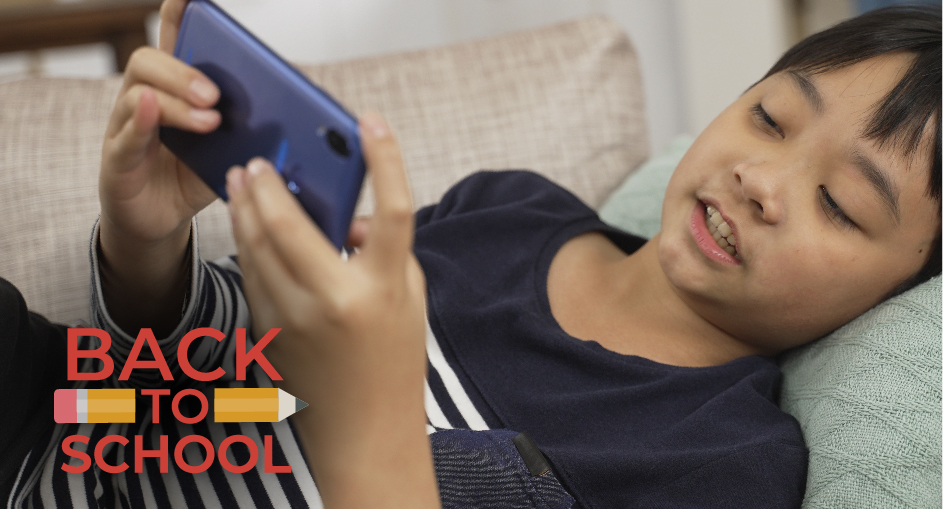Online Mental Health
August 15, 2022

We live in a digital world where access to entertainment, information and people is easy with the smartphone in our pockets or a tablet in our backpacks.
The internet can be a wonderful tool, but parts of it can be wild and wooly, exposing our children to harmful messages and damaging their mental health. That’s why it is important for parents to monitor and set boundaries.
Is Kids’ Screen Time Really a Problem?
A 2020 study from the American Academy of Pediatrics found that 35% of children ages 3-5 have their own tablet or smartphone, and a majority of their parents do not have an accurate picture of how much time these preschoolers are spending on the devices.
And an older study from Common Sense Media found that 75% of U.S. kids 8 and younger at least have access to these devices.
When it comes to the amount of screen time, the American Academy of Child & Adolescent Psychiatry reports that U.S. kids ages 8-12 spend 4-6 hours a day and teens up to 9 hours.
Do you know what your kids do online for all that time?
Damage to Mental Health
The pandemic didn’t help and led to an increase in how much time kids are spending online and with social media. The experts at Joe DiMaggio Children’s Hospital have noted a corresponding impact on kids’ mental well-being.
While online, children may be exposed to:
- Violence and risk-taking behaviors
- Unsafe stunts or challenges
- Sexual content
- Negative stereotypes
- Substance use
- Cyberbullies and predators
- Misinformation
This can impact a child’s mental health as:
- Unhealthy comparisons
- Anxiety
- Depression
- A fear of missing out
- Moodiness
- Poor self-image and body image issues
Limit Screen Time for Better Mental Health

Tips for Setting Online Boundaries
More time spent in real life is good for a child’s total health, including mental health.
To protect your child’s online mental health:
- Monitor their online and social media presence for age-appropriate activity. (There are parental control apps available to help with this.)
- Keep communication open. Talk to your kids about what is appropriate and make sure they know they can come to you if they’re being cyberbullied.
- Spend more screen-free time together.
- Set limits and a schedule for a child’s screen time.
Start by making mealtimes screen-free. It’s a simple change with a big impact. Screen-free family meals are associated with:
- Less depression
- Less anxiety
- Lower rates of substance use
- Lower rates of teen pregnancy
- Increased self-esteem
The Family Media Plan from the American Academy of Pediatrics is one tool for developing boundaries and remember that the team at Joe DiMaggio Children’s Hospital can help.
